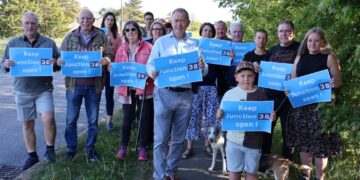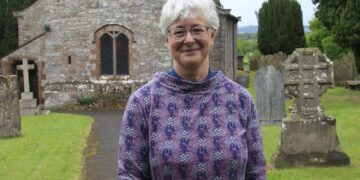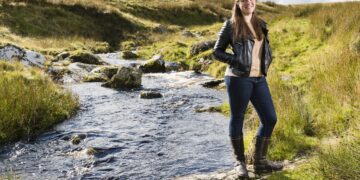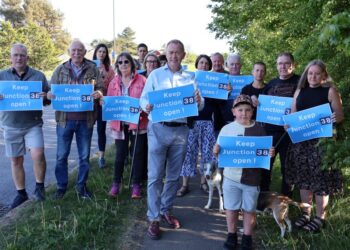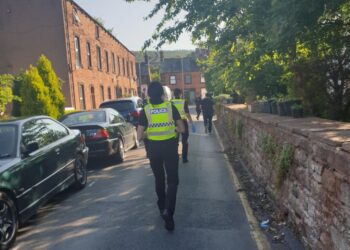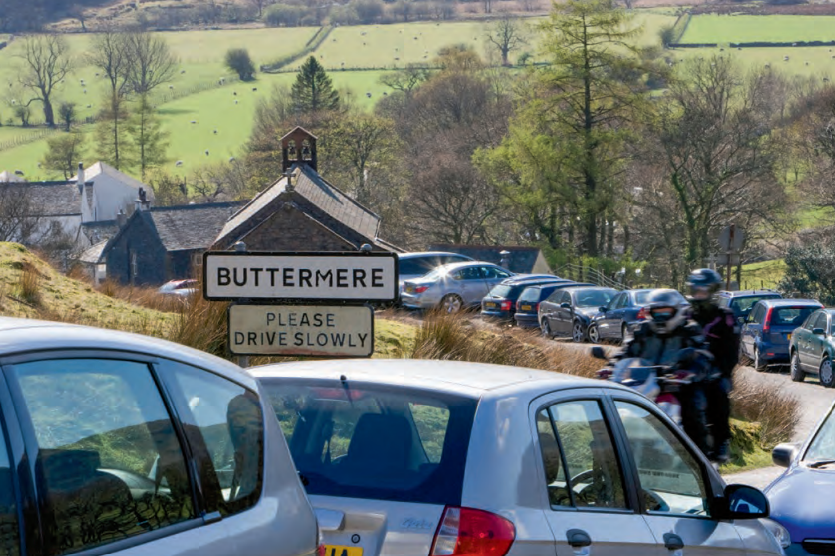
A new report says tourism places an invisible burden on the Lake District.
Landscape charity Friends of the Lake District, which commissioned the report, has called for a debate about how to meet the real cost of the 18 million visitors a year to the area.
The charity said while tourism brought huge benefits to the area, there were also costs – including where the number of visitors exceeds infrastructure capacity, and causes harm to the environment and communities of the area.
The 62-page report, Who Pays for the Lake District? by sustainable tourism specialist Dr Davina Stanford, identifies where tourism is creating an invisible burden on the Lake District National Park’s landscape, environment and communities, and then looks at how different tourist destinations across Europe deal with visitor impacts.
The report also examines the ways that local authorities could raise money connected to tourism to make a positive difference to area.
The report finds that there are significant issues directly linked to visitors. These include sewage discharge into lakes and rivers, high carbon emissions, congestion and damage to the landscape from visitor car journeys, and the ‘hollowing out’ of communities due to second homes and holiday lets.
Options to raise money from visitors so that it can be invested in infrastructure improvements should be investigated by local authorities and the Lake District National Park Authority, the charity said.
Dr Stanford’s research shows that there are several different ways that money can be raised, based on case studies from around the world.
These include a tax on overnight stays, a visitor vehicle levy charge, a visitor parking charge, or the development of a tourist improvement district.
Friends of the Lake District’s policy officer Dr Kate Willshaw said: “We know that tourism plays a vital role in supporting local economies. But we also know, from this research, it brings with it a cost that is not currently being met.
“Based on this research, we believe that we need to explore the various schemes that could be implemented to address the impacts of tourism in the Lake District and unlock investment in vital areas like public transport. We hope that this report provides the basis for a discussion about the most appropriate type of scheme for the Lake District, and for developing a plan to make this happen.”
Dr Rose O’Neill, chief executive of Campaign for National Parks, said: “When national parks were established 75 years ago, it was so that all citizens, no matter their background, could immerse themselves in the wonders of nature.
“National parks are one of the country’s biggest success stories, bringing huge benefits in terms of health and wellbeing, and billions of pounds and thousands of jobs to support rural economies.
“However, national park authorities have faced a real-terms cut of over 40% in the last decade and are being pushed to breaking point.
“Today’s report shows that, through innovative visitor levy models, coupled with government funding and effective regulation, the hundred million visits to national parks each year could become a force for recovery, for nature and ourselves.”
The report, Who Pays for the Lake District? is below:



